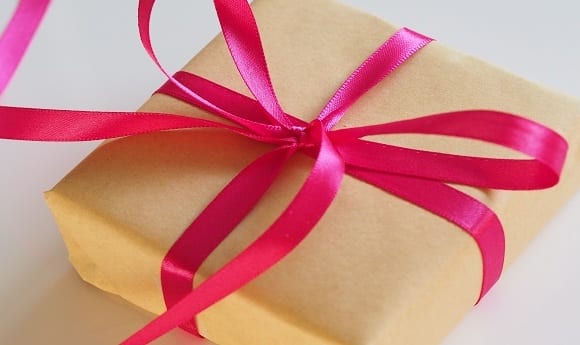Lead Review
- Book: Gone: A search for what remains of the world’s extinct creatures
- Location: World
- Author: Michael Blencowe
4.5*
This came highly recommended to me, something a little different, yet a book that enables a reader to explore a world that has gone, a world of amazing animals that once populated the world.
I grew up very close to The Horniman Museum in South East London, a museum containing 350,000 artefacts from around the world, together with a cornucopia of anthropological items and a fabulous collection of natural history specimens. I was always horrified by the Spanish Inquisition Torture Chair (consigned to the storeroom by now, I imagine), enthralled by the masks from around the world, fascinated by the glass sided beehive and wondered at the intricacy of the Apostle Clock, which so often didn’t work (but when it did, it was mesmerising). And last but not least the over-stuffed walrus at the point of entry. I thus totally understand the author’s preoccupation with the Booth Museum in Brighton and its contents and the inspiration for this book.
He expresses profound sadness that many animals and birds have become extinct due to the actions of man. There were many hunters and collectors – particularly in Victorian times – who sought out the extraordinary species of the natural world in order to bring them back dead or alive. It was deemed the height of culture to display incredible items in personal collections, demonstrating an individual’s prowess and intelligence.
The author opens with the details of the demise of the Great Auk, which takes him in the first instance to Lundy, where the last ones were spotted in the mid 1800s. There was also an established colony on Funk Island (Newfoundland) – so called because of the terrible guano smell that pervaded it. Each Summer men moved onto the island for the ‘harvest’, detailed descriptions have been passed down of how the Great Auks were hounded, killed and cooked whilst they were still alive. This is so indicative of the dismal, inculcated moral attitudes towards the animal world at the time – and sometimes it is not so different nowadays. Their feathers were also in demand for soft furnishings. A couple of their hearts and some eyes are stored in Denmark, all that remains of this legend, preserved in 70% ethanol in a glass jar on a shelf in Copenhagen. What an end for such a statuesque bird 😟.
An example of the extinct Spectacled Cormorant can be found in Tring – at an outpost of the Natural History Museum (who knew!) and originally living in the Bering Sea; he then moves on to the Steller’s Sea Cow, a colossal marine animal. There are awful stories of butchery, yet alongside terrible episodes of killing, zoologists and specialists were busy recording these animals for posterity – Georg Wilhem Steller (né Stoller, there’s quite a story there!) kept copious notes and without them we would have no idea what these animals would look like today (I refer back to the Walrus at the Horminam that was overstuffed because the taxidermists had no idea how the walrus was meant to look – so they just kept on stuffing).
Next it’s off to New Zealand to find out more about the lost species on the islands, including the Upland Moa, but as early as 1445 people arrived and killed them. And just like that they were extinct!
There are butterflies and tortoises, and no book about extinct species would be complete without mention of the dodo, the smiling face of extinction. It is in Chapter 9 that we meet octogenarian Ralfe Whistler, who is a dodo nut (in a good way). There are records of dodos on Mauritius in the wild, and in captivity in India and Japan. And even in England! One surprise is that the dodo is a giant pigeon.
This is a lovely jaunty and personal account of the author’s deep and resonating interest in the lost species of the world, a search for what remains of the world’s extinct creatures and he has a wonderfully engaging writing style. He shares a very digestible history with his readers and also his deep sadness that we, today, have been deprived of so many brilliant animals because of human greed, depravity and thoughtlessness.
Illustrator Jade They needs a more obvious shout-out as her beautiful prints add such a wonderful element to the book. As far as I can see her name is tucked away in the small print, so do check out more of her work on this link.
This is a really lovely and extremely well presented book, one of those hidden gems!


 Please wait...
Please wait...
